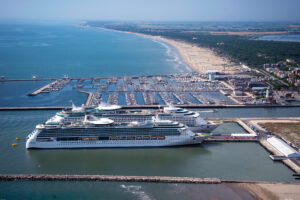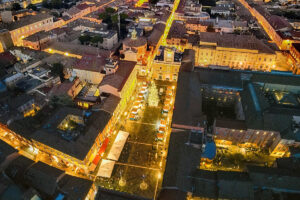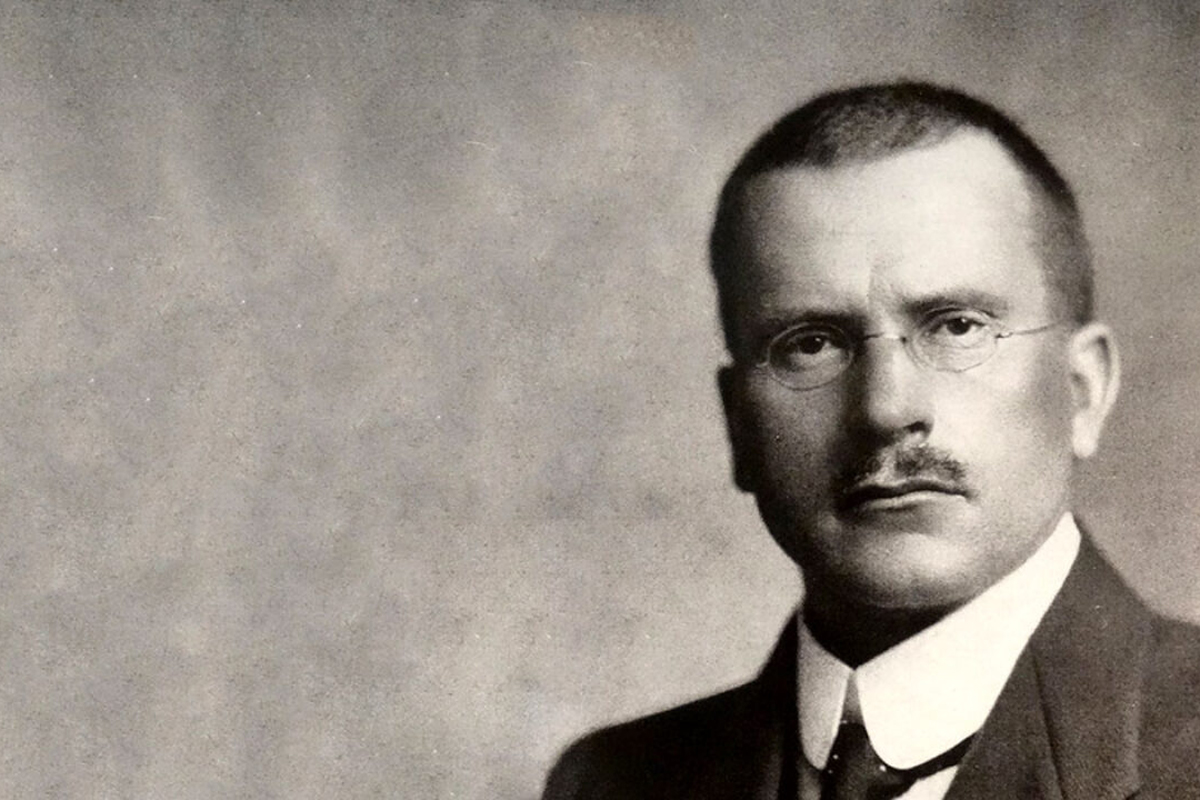After the father of psychoanalysis Sigmund Freud, CARL GUSTAV JUNG also visited Ravenna in 1913, and returned once again twenty years later, in 1933. He was not only greatly fascinated, but also deeply upset, so much so that, in his writings and reflections, he fully described the power of the imagery and the awe he experienced in the presence of such masterpieces of mosaic art.
Perceiving the splendour of the decorations of the Neonian Baptistery, its light, colours, strength and infinity, Carl Gustav Jung also recounted that he experienced “one of the strangest events” of his life.
In the volume Memories, dreams and reflections (published in Italy in 1965), Jung writes that “even on the occasion of my first visit to Ravenna in 1913, the tomb of Galla Placidia seemed to me significant and unusually fascinating. The second time, twenty years later, I had the same feeling. Once more I fell into a strange mood in the tomb of Galla Placidia; once more I was deeply stirred.”
When he then visited the Neonian Baptistery with his assistant, he said that he was at first struck by the mild blue diffused light: “Here, I did not try to account for its source, and so the wonder of this light without any visible source did not trouble me. I was somewhat amazed because, in place of the windows I remembered having seen on my first visit, there were now four great mosaic frescoes of incredible beauty which, it seemed, I had entirely forgotten”.
“Since my experience in the baptistery in Ravenna,
I have known with certainty that something interior can appear to be exterior, and that something exterior can appear to be interior. The actual walls of the baptistery, though they must have been seen by my physical eyes, were covered over by a vision of some altogether different sight which was as completely real as the unchanged baptismal font.”.
(C.G. Jung, Memories, Dreams, Reflections, Collins 1971)
Jung relates both episodes to the evocative power of mosaics (also with respect to the original intentions of the builders), which is also the reason why they had struck him so strongly in the imagination.
Once back home, however, Jung’s surprise and dismay were enormous when, in search of photographic images that could document the scene of this interesting archetype, he discovered that the mosaic represented the baptism of Jesus Christ in the Jordan river.







